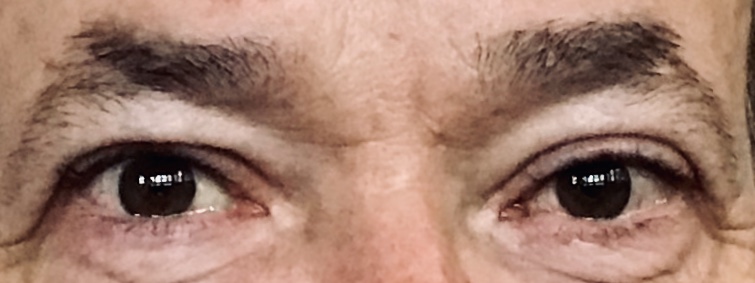
THE OBSERVATIONAL METHOD
We’ve all heard the expression, “the observational method”, but I think that many practitioners are confused/ill-informed of the actual application of the method. I’ve heard it being used far out of context. Let me try to clear up some of the confusion.
Ralph Peck recalled Karl Terzaghi saying “Many variables, such as the degree of continuity of important strata or the pressure conditions in the water contained in the soils, [will] remain unknown. Therefore, the results of computations are not more than working hypotheses, subject to confirmation or modification during construction. In the past, only two methods have been used for coping with the inevitable uncertainties: either to adopt an excessive factor of safety, or else to make assumptions in accordance with general, average experience. The first method is wasteful; the second is dangerous” (reference: https://www.icevirtuallibrary.com/doi/pdf/10.1680/geot.1969.19.2.171).
The observational method was thus needed. In a nutshell, the observational method involves these steps:
(a) Explore sufficiently to establish the general nature, pattern and properties of the deposits.
(b) Assess of the most probable conditions and the most unfavorable conditions.
(c) Establish the design based on a working hypothesis of behavior anticipated under the most probable conditions.
(d) Select behaviors to be observed as construction proceeds, presuming the most likely conditions persist.
(e) Calculate values of the same behaviors under the most unfavorable conditions.
(f) Select a course of action or modification of design for every foreseeable significant deviation of the observed findings from those predicted.
(g) Measure quantities to be observed and evaluate actual conditions.
(h) Modify the design to suit actual conditions (modified from https://www.icevirtuallibrary.com/doi/pdf/10.1680/geot.1969.19.2.171).
Please notice how this is drastically different from the “learn as you go method”. You need to develop a plan for all likely outcomes, should the most probable conditions not prevail. And those measures need to be employable when the deviations are identified.
The most serious blunder in applying the observational method is failing to select (in advance) an appropriate course of action for all foreseeable deviations (disclosed by observation) from those assumed in the design. The engineer must devise solutions to all problems which could arise under the least-favorable conditions. If he or she cannot solve these hypothetical problems (even if the probability of their occurrence is very low), he or she must revert to a design based on the least-favorable conditions (reference: https://en.wikipedia.org/wiki/Geotechnical_engineering#Observational_method)
So, next time you hear the expression, “observational method” please do a quick assessment to check whether the speaker actually means the “let’s hope our approach is okay, and if not, we’ll figure it out as we go” method.


Comments (2)
Theo Gerritsen
May 19, 2020 at 2:21 pmNice read Bryan, thanks for sharing
admin
May 19, 2020 at 2:31 pmThanks Theo. I wish you all the best.
Comments are closed.